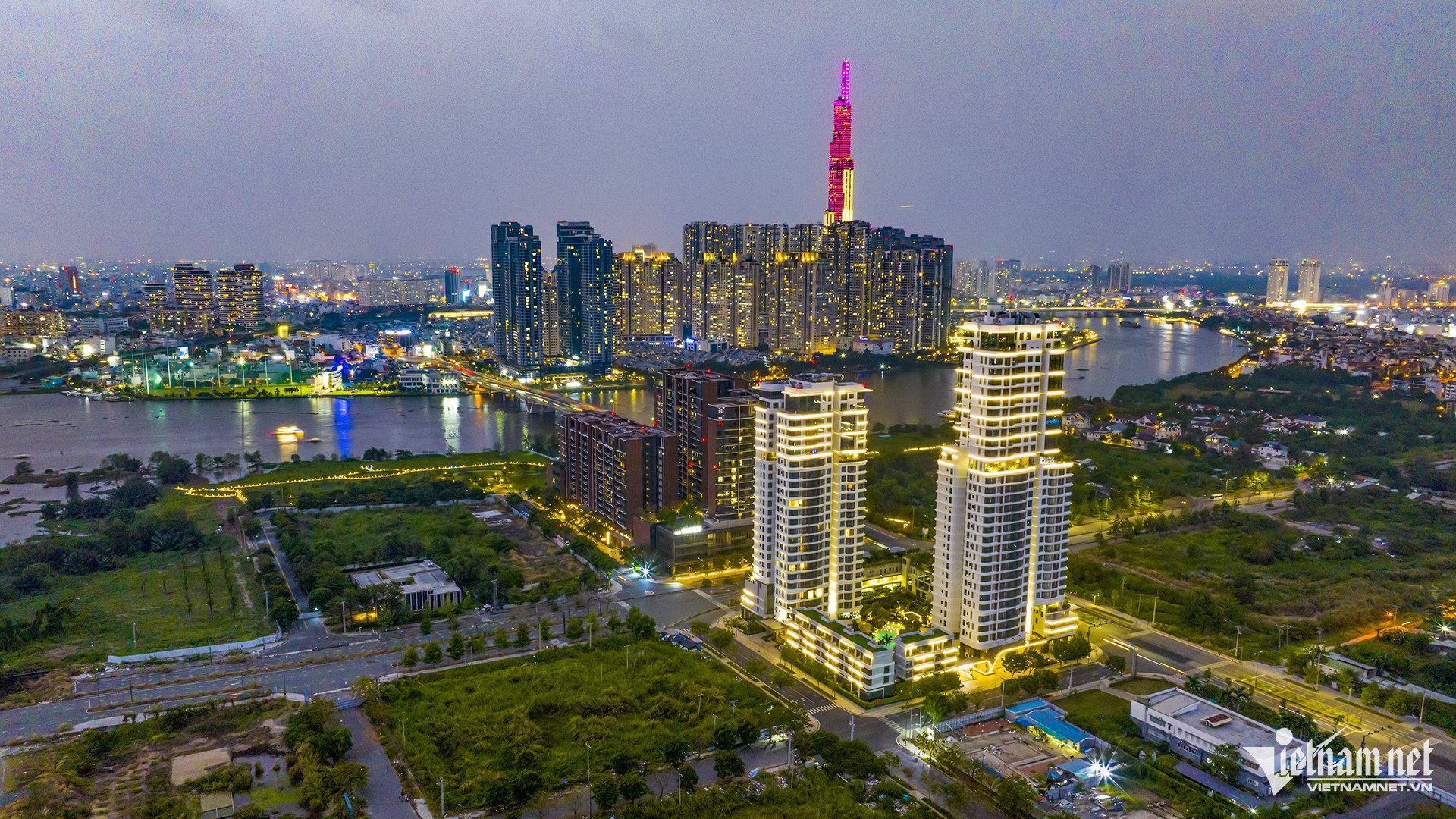In early 2020, Ho Chi Minh City officially signed a tourism cooperation agreement with 13 provinces and cities in the Mekong Delta region. The aim is to develop tourism in a professional, sustainable way while preserving cultural heritage and regional identity.
Over the past five years, more than 100 travel and tourism enterprises in Ho Chi Minh City have brought approximately 7.5 million visitors to the Mekong Delta and welcomed over 2.5 million visitors in return.
55 river tour routes launched from Ho Chi Minh City

The cooperation program focuses on developing linked tourism products that leverage each province’s strengths, promoting destinations, training high-quality human resources, accelerating digital transformation, and promoting sustainable tourism growth with environmental protection.
According to the Ho Chi Minh City Department of Tourism, 55 river tour routes from the city to Mekong Delta provinces have been launched. These are supported by synchronized strategies from workforce development to enhancing local product quality. These destinations form part of a curated list of 50 must-visit locations recently announced.
Among the most popular tour series are “Paths of the alluvium” (linking the city with Tien Giang, Vinh Long, Can Tho, Hau Giang, Soc Trang, Bac Lieu, and Ca Mau), “Scenic lands and waters” (connecting the city with Tien Giang, Ben Tre, and Tra Vinh), and “Colors of the borderland” (reaching Long An, Dong Thap, An Giang, and Kien Giang). These tours highlight each locality’s distinct attractions, creating enriching experiences for travelers.
Alongside its river tour network, the city and its partners have developed numerous eco-tourism and community-based travel programs. These capitalize on cultural and historical strengths to attract visitors. The community tourism model in Con Son (Can Tho City), and orchard tourism in Tien Giang, Ben Tre, and Vinh Long, have been enhanced with new offerings. These include showcasing OCOP products, high-quality handicrafts, local specialties, and traditional craft villages. Rural market-style tours also draw significant interest.
Agricultural experience tours in Dong Thap (Sa Dec Flower Village, Tram Chim National Park) and Long An (Lang Sen Wetland Reserve, Xeo Quyt) successfully highlight regional strengths. Meanwhile, the program “Pride in borderland landmarks” connects historic destinations across Long An, Dong Thap, An Giang, and Kien Giang, offering journeys rich in historical and cultural discovery. Traditional festivals in the Mekong Delta also enrich these experiences for visitors from Ho Chi Minh City.
The partnership program has spurred significant investment in tourism infrastructure and services, delivering impressive revenue to localities that were heavily impacted by the COVID-19 pandemic.
Effective linkages and mutual support
Alongside joint tour design, partners have conducted various site surveys, investment promotion conferences, and marketing campaigns across both traditional and digital platforms. Ho Chi Minh City has supported partner provinces by focusing on training programs in destination management, tourist services, and community tourism development.
Digital transformation in tourism has emerged as a key highlight. Vo Tien Thanh, Director of Dong Thap’s Center for Trade, Tourism, and Investment Promotion, noted that the cooperation has helped the province develop new models and implement a “digital map” to promote distinctive destinations, boosting tourism and related industries.
In 2025, the “Project for the development of linked tourism products between Ho Chi Minh City and 13 Mekong Delta provinces and cities” will be launched, capitalizing on digital transformation to enhance connectivity, support, and revenue. Ho Chi Minh City’s 3D smart map and social media systems continue to promote this partnership.
“This is one of the city’s flagship programs, contributing to business development, innovation, and the growth of core tourism products. Linked tourism has effectively stimulated travel demand and attracted a large number of tourists. Moving forward, it’s essential to strengthen two-way visitor flows between Ho Chi Minh City and the Mekong Delta, encourage inter-regional tours, and boost domestic and international promotion. Investment should focus on new tourism products that emphasize cultural, ecological, and green experiences,” said Nguyen Thi Anh Hoa, Director of the Ho Chi Minh City Department of Tourism.
Beyond the Mekong Delta, Ho Chi Minh City has also implemented tourism cooperation programs with provinces and cities in the Southeast, North, Central, and Central Highlands regions, creating more tour options that highlight the strengths of each destination.
In 2025, the city aims to earn approximately USD 10.2 billion in tourism revenue, welcoming around 45 million domestic visitors and 8.5 million international tourists.
PV